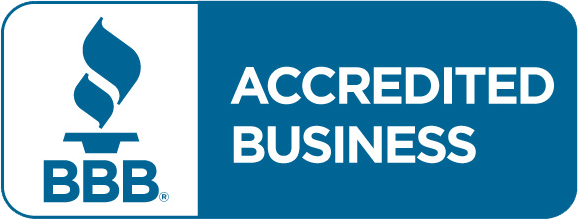CALL: 1-800-474-6537 or TEXT: 1-800-474-6537
Concrete Requirements for 2 Post Lifts
Two Post Lift Concrete Requirements - What you really need to know
If you’re putting in a car lift, don’t skip this part—your concrete slab matters just as much as the lift itself. Especially for a 2-post lift, you need the right thickness, strength, and slab condition to keep things safe and steady.
We get this question all the time: How thick of concrete for a car lift? Let’s break it down, plain and simple.
Every lift manufacturer lists their concrete requirements in the manual. Some lifts are okay on 4" slabs, others strictly require 6" or more with specific PSI ratings. Don’t guess. If you don’t follow the lift maker’s guidelines, they can deny warranty coverage—and worse, it’s a safety risk.
The info here is solid, but always double-check with your specific lift model. These specifications are essential whether you're setting up a home garage or building an industry-ready automotive vocational program with professional training bays.
Concrete thickness for 2 Post Lift
For most standard 2 post lifts, especially those in the 9,000 to 10,000 lb range, like the ones you’d use in a home garage or small shop, here’s the general guideline:
- Minimum slab thickness: 4 inches (absolute minimum)
- Recommended slab thickness: 6 inches
- Concrete strength: 3,000 to 3,500 PSI
- Rebar or wire mesh: Strongly recommended
- Cured for: At least 28 days (if freshly poured)
If you’re installing a 10,000 lb 2 post lift, you’ll want to be extra cautious. 4" concrete might technically meet specs, but most installers recommend 6" of reinforced concrete for long-term safety.
The thickness isn’t the only factor—you also need to look at:
- Condition of the slab – No big cracks or spalling
- No slope or pitch – Some garages are sloped; level is best
- Reinforcement – Rebar or mesh is a big plus for strength
- Edge distance – Don’t drill anchors too close to slab edges
This is especially true if you’re dealing with two post lift installation concrete on older floors or unknown specs. Always test before you drill.
4 Post Car Lift Concrete Requirements
Got your eye on a 4 post lift instead?
Good news—these lifts spread the weight out more evenly, so the concrete requirements are usually less demanding. In most cases:
- 4” slab at 3,000 PSI will do the job
- 6” reinforced is still better, especially for heavier duty 4-posts or higher lifting capacities
Still, you don’t want to cut corners. If you're parking a big truck or storing a second car up top, play it safe with 6".
Here’s the thing—plenty of folks do, especially with lighter 2-post lifts or 4-posters. But if your concrete is old, thin, or unknown, don’t risk it. Get a core sample tested, or just go ahead and pour a new pad in the anchor areas. It’ll cost less than a failed install.
Q: How thick does concrete need to be for a lift?
A: At least 4", but 6" with reinforcement is best for safety and stability—especially for 2-posts.
Q: What are the 10000 lb 2 post lift concrete requirements?
A: 6" thick slab at 3,000–3,500 PSI with rebar or wire mesh. Don’t try this on a weak floor.
Q: Can I install a 2 post lift on a sloped garage floor?
A: Not recommended. You’ll need to level the lift posts, or pour flat footings.
Q: My garage was built in the 90s—can it handle a car lift?
A: Maybe, but don’t guess. Have a core sample tested or check the building plans.
Look, we sell lifts—but we’ll be the first to tell you: if your concrete isn’t right, don’t install the lift yet. It’s not worth risking your car, your tools, or your safety.
✅ And seriously, follow the manufacturers concrete specs. They're there for a reason; not just suggestions.
Check out our top-selling 2 post and 4 post lifts—perfect for home garages, shops, and anywhere in between. Shop Lifts Now →
See Also:


